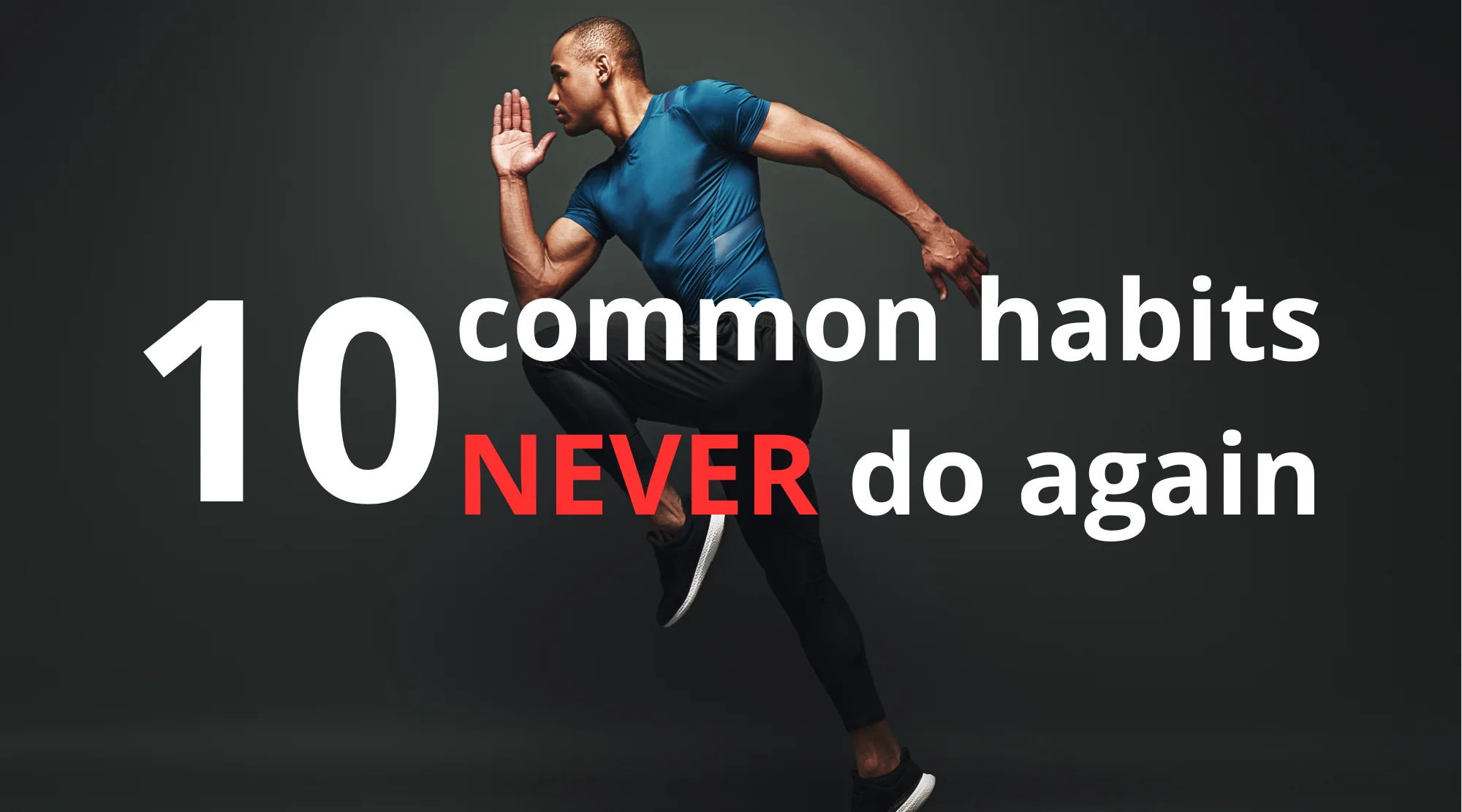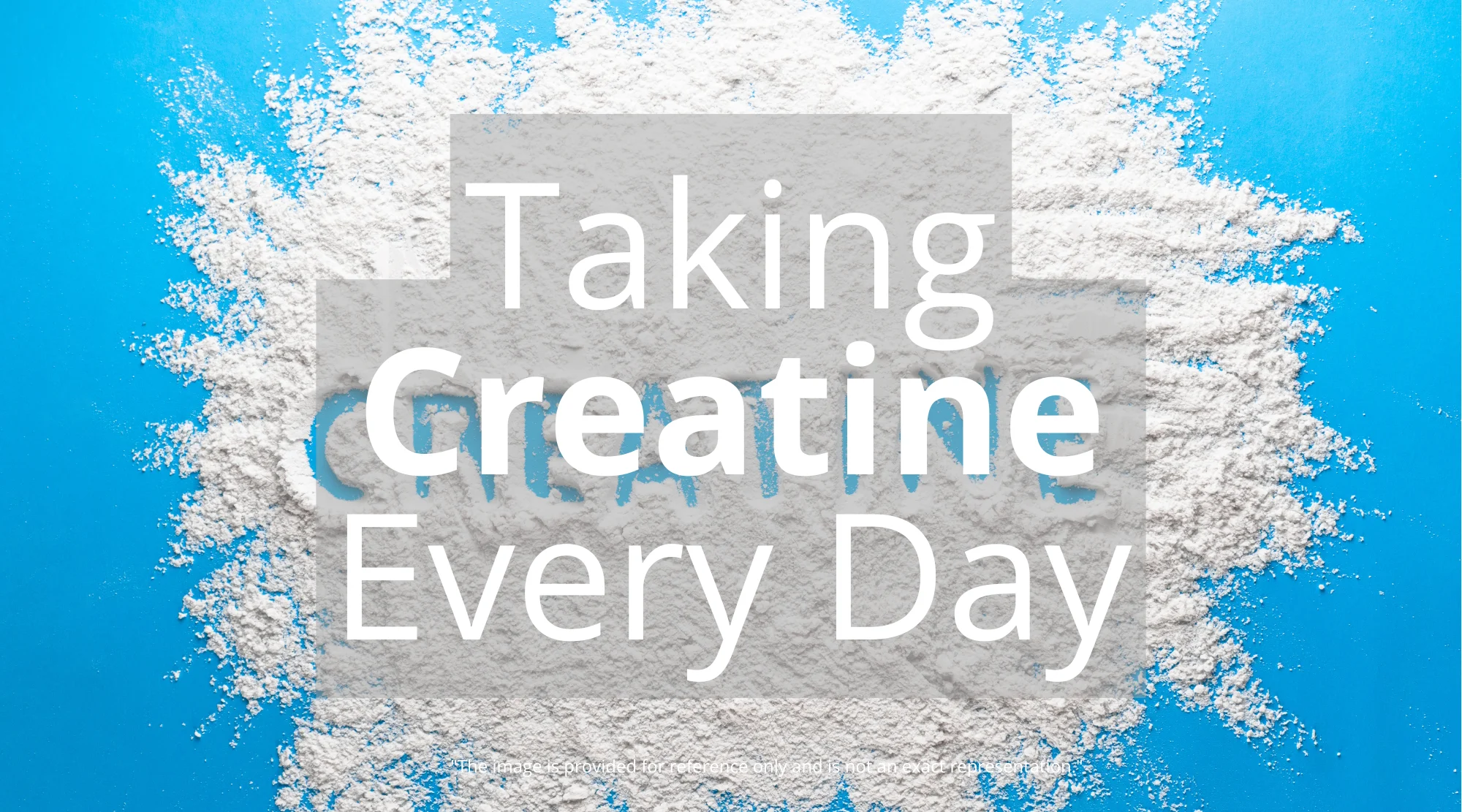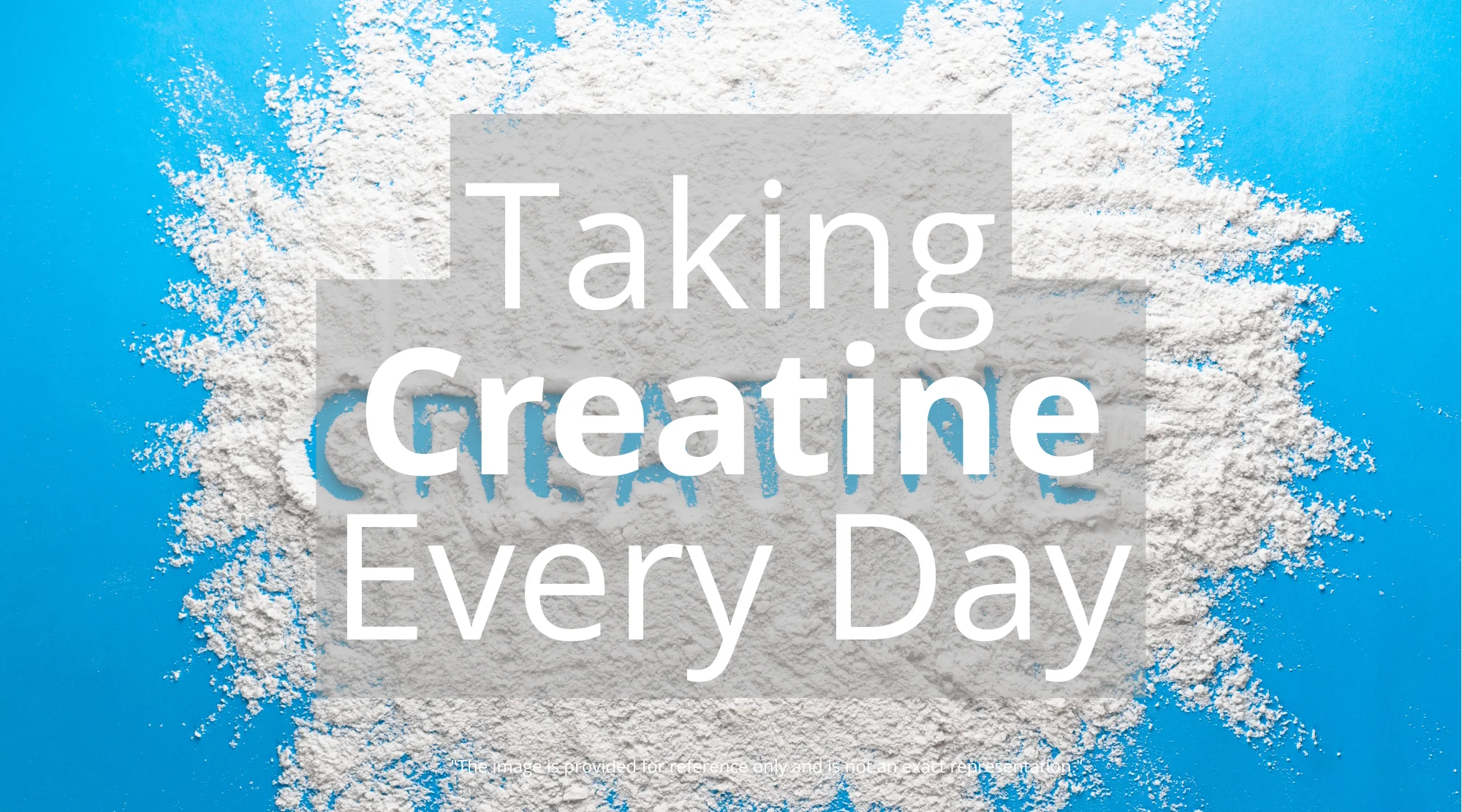The Smart Woman’s Guide: Habits You Should Ditch for Optimal Health
Navigating the world of health and wellness can feel overwhelming. Between conflicting advice and constantly evolving trends, it’s tough to know what truly benefits your body and what might be doing more harm than good. This article cuts through the noise, offering a refreshingly straightforward look at common practices to reconsider, based on expert insights, for achieving sustainable well-being. Let’s dive into some habits to ditch for a healthier, more vibrant you!
Section 1: Hydration Hacks: Beyond the Basics
We all know staying hydrated is essential. But are you just drinking any water? The truth is, the quality of your water matters. Modern water supplies, especially in certain regions, can contain contaminants like heavy metals, chlorine, and even bacteria.

Consider this: Regularly consuming unfiltered tap water could be counterproductive to your health goals. The solution? Make filtered water your new baseline. Invest in a quality water filter for your home to remove these potentially harmful substances. This simple change can significantly impact your overall health and well-being.
Section 2: HIIT Workouts: Is Less, More?
High-Intensity Interval Training (HIIT) has become a fitness staple. However, for women over 30, the approach may not be optimal. The demanding nature of HIIT workouts can place extra stress on the body. If you’re already dealing with hormonal imbalances or elevated cortisol levels, these intense workouts can exacerbate the problem. [External Link 1: Mayo Clinic – HIIT benefits and risks].
Instead, explore lower-impact exercises that still provide cardiovascular benefits without the added stress. Focus on activities like brisk walking, swimming, or Pilates. Prioritizing these types of workouts will help you achieve your desired results while supporting your body’s overall well-being.
Section 3: Seafood: Mindful Choices for a Healthier You
Seafood often gets a health halo. However, some varieties can contain high levels of heavy metals, particularly mercury. Larger fish, like tuna and mackerel, tend to accumulate more of these metals through bioaccumulation.
While seafood can be part of a balanced diet, mindful consumption is crucial. Opt for smaller fish like sardines or anchovies, which typically have lower heavy metal content. Also, consider other seafood options like prawns or scallops, known for their lower levels of contamination. This approach allows you to enjoy the benefits of seafood while minimizing potential risks.
Section 4: Cooking Oils: A Different Approach
Many cooking oils oxidize when heated, producing advanced glycation end products (AGEs). AGEs contribute to inflammation, oxidative stress, and can accelerate aging.
To avoid these effects, consider alternatives. Butter, ghee, lard, tallow, and even broth offer delicious and healthier options for cooking. These choices not only add flavor but also provide a healthier cooking environment for your food.
Section 5: Cheese: Fresh vs. Pre-Shredded
Convenience often comes at a cost. Pre-shredded cheese is often coated with anti-caking agents and preservatives to prevent clumping.
Opting for fresh, block cheese and grating it yourself is a simple change that can make a big difference. This guarantees the quality of your cheese and allows you to avoid unnecessary additives, enhancing both your health and the flavor of your meals.
Section 6: Fasted Cardio: Is It Right for You?
Fasted cardio, or exercising on an empty stomach, can be a controversial practice. However, if you have any fatigue, cortisol imbalances, or other hormonal issues, it may not be the best approach.
If you’re over 30, fasted cardio can potentially stress your body unnecessarily. It’s generally best to fuel your body before a workout. This ensures that you have enough energy to perform effectively and support your health.
Section 7: Intermittent Fasting: Is It Right for You?
Intermittent fasting has gained popularity for its potential benefits. However, it can also add stress to your body, especially if you are not accustomed to it.
For many people, the conventional approach of three healthy meals a day, with no unnecessary snacking, is more sustainable. The body is already fasting while sleeping. Be mindful of your own body’s needs and adapt your eating habits accordingly.
Section 8: Dairy’s Place in a Balanced Diet
Dairy products have often been demonized. Dairy is actually very rich in nutrients such as calcium, vitamin D, K2, magnesium, phosphorus, and probiotics in yogurt.
Dairy products are a great source of calcium, supporting gut health. Eating dairy can also help to protect your gut from damage and heavy metals. This perspective emphasizes the importance of making informed choices based on your individual needs and tolerances.
Section 9: Cookware: Stainless Steel Over Cast Iron
Cast iron pans, favored for their heat retention, can potentially leach iron into your food.
Stainless steel cookware is a great alternative, offering a safe and effective cooking surface. Stainless steel cookware ensures your meals are prepared in a manner that prioritizes both taste and health.
Conclusion: Making Informed Choices for a Healthier You
Achieving optimal health is about making informed choices, not necessarily eliminating everything. By understanding which habits might be counterproductive and adopting alternative approaches, you can build a sustainable wellness plan. This guide provides you with some advice that you can use to make a healthier lifestyle. Remember, everyone’s body is different. Listen to your body, consult with healthcare professionals when necessary, and adjust your routine to suit your unique needs.













Post Comment